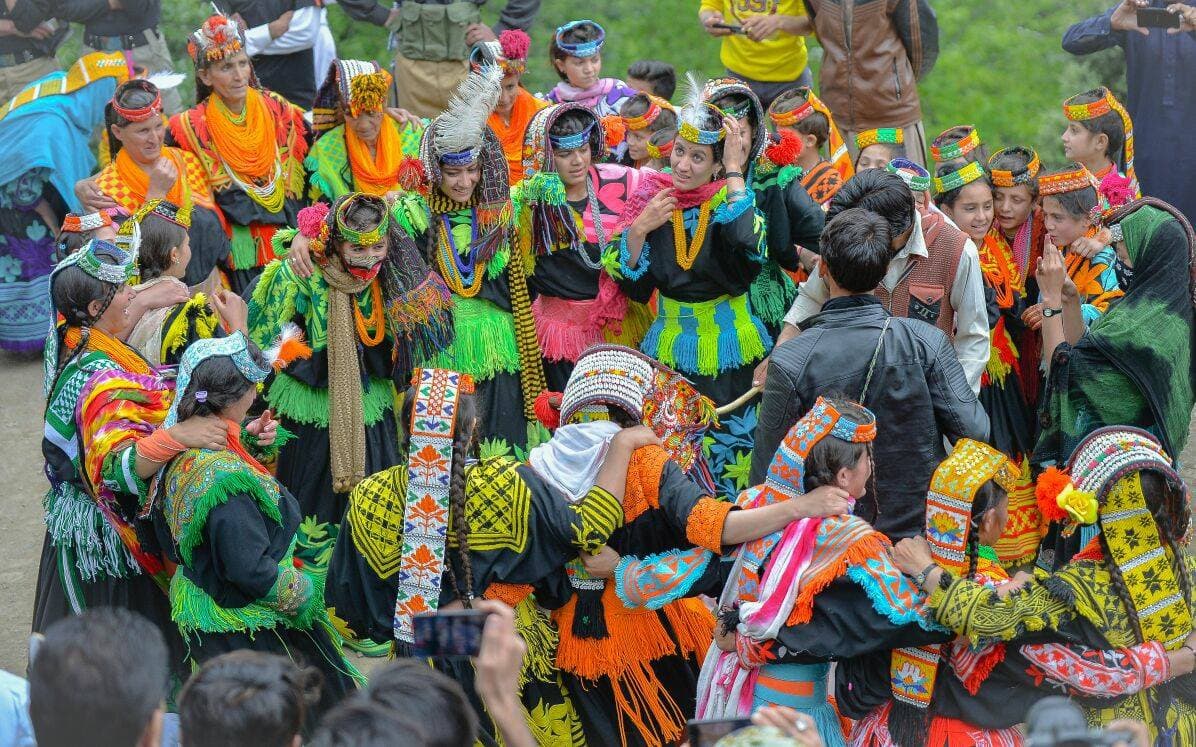The Kalash People: A Cultural Island Striving for Preservation in a Modernizing World
marqal azadi
June 13, 2025•4 views

Deep within three remote valleys of the Hindu Kush lies one of the world's most unique and enigmatic cultures: the Kalash people. With a history shrouded in mystery—some legends link them to the armies of Alexander the Great—the Kalash are Pakistan's smallest ethnoreligious group, distinguished by their animist faith, vibrant festivals, and a way of life that has resisted assimilation for centuries.
Living in the valleys of Bumburet, Rumbur, and Birir, the Kalash culture is a stark contrast to the surrounding Islamic society. Their religion is polytheistic, centered on a pantheon of gods and spirits that they believe inhabit the natural world. This worldview is celebrated through their famous festivals. The most prominent is 'Chilam Joshi' in spring, a colorful celebration to welcome the new season with dancing, music, and the ceremonial exchange of milk. 'Uchau' in the autumn gives thanks for the harvest, while 'Choimus' in the winter solstice is a vibrant spectacle of ritual and purification.
However, this ancient culture faces immense pressure. The Kalash population is small, estimated to be only a few thousand, and is vulnerable to the influences of the outside world. The recent increase in tourism, while bringing economic opportunities, also presents a challenge. The influx of visitors risks commercializing their sacred traditions and impacting their social fabric.
In response, the Kalash community, with support from UNESCO and the government, is actively working on preservation. Efforts include documenting their oral history and the unwritten Kalasha language, promoting sustainable, community-led tourism, and empowering local artisans. The Kalash are not a relic of the past; they are a living, breathing community navigating the complex path of maintaining their unique identity while engaging with the modern world. A visit to their valleys is a profound lesson in cultural resilience and the importance of protecting humanity's diverse heritage.